Go Behind the Scenes: Editing Page Code in WordPress
As a WordPress user, you might find that basic customisation isn’t enough. Sometimes, you need to get into the source code to make the changes you want. This can be for fixing site crashes, adding advanced features, or solving specific problems.
Editing HTML, PHP, CSS, and JavaScript in WordPress can be very useful. It’s a powerful tool in your toolkit.
WordPress is known for being easy to use, which means you often don’t need to touch the code for simple changes. But, there are times when you must dive into the code. This article will show you how to edit page code in WordPress. You’ll learn how to customise your site effectively.
We’ll look at the Classic Editor, Block Editor, and custom HTML widgets for editing HTML in WordPress. We’ll also talk about the importance of backing up your site and using a child theme when making changes. By the end, you’ll know how to navigate WordPress code editing and make your site better.
Understanding WordPress Code Structure and Components
Getting to know the WordPress file structure and its core parts is key for anyone into WordPress. It lets users dive deep into the platform, make smart choices, and tweak their sites with ease.
Core Files and Their Functions
At the core of a WordPress site are a set of core files, each with a critical role. The wp-config.php file holds important database info and global settings. Meanwhile, the .htaccess file handles URL redirects and other site settings.
Different Types of WordPress Code
- PHP: The main language behind WordPress
- HTML: Builds the site’s content and layout
- CSS: Controls the site’s look and feel
- JavaScript: Adds interactivity and improves user experience
The WordPress File Hierarchy
The WordPress file hierarchy is a neat setup with core, theme, and plugin files. Knowing this structure is vital for editing and customising code. The main folders are wp-admin, wp-content, and wp-includes, each with important files and folders.
By understanding WordPress’s code structure and its main parts, users can tap into the platform’s full potential. They can fix problems with confidence and create amazing websites.
Why You Need to Learn WordPress Code Editing
Learning WordPress code editing opens up a world of possibilities for your website. It lets you customise your site exactly how you want, beyond what themes and plugins offer.
Understanding WordPress code helps you fix problems like plugin issues or malware. You can keep your site safe and running smoothly. This means less downtime and a better user experience.
Code editing also lets you make your site look and work better. You can tweak the CSS for a unique look or add dynamic features with JavaScript. The possibilities are endless.
Learning WordPress code editing is a smart investment. It gives you more control and flexibility. You can truly make your WordPress site your own.
| Benefits of Code Editing in WordPress | Customisation Possibilities |
|---|---|
|
|
Whether you’re new to WordPress or experienced, learning code editing is worth it. It lets you solve problems and unleash your creativity. Mastering WordPress code can truly transform your website.
Essential Tools and Prerequisites for Code Editing
When it comes to WordPress development tools, you need a few key things. These include code editors, FTP clients, local environments, and backup solutions. They help make sure your customisations are safe and efficient.
Code Editors and Development Tools
A good code editor is the base of any WordPress development. Developers often use Visual Studio Code, Sublime Text, or Atom. These tools offer features like syntax highlighting and code completion. They make coding easier and more efficient.
Backup Solutions and Safety Measures
It’s important to have strong backup solutions before you start coding. Use plugins like UpdraftPlus, BackWPup, or All-in-One WP Migration for regular backups. This way, you can easily go back to a previous version if needed.
Local Development Environments
Having a local development environment is a smart move. Tools like Local by Flywheel, MAMP, or XAMPP let you test changes on your computer. This way, you can try things out without affecting your live site.
“Proper tools, understanding of languages, and a safe testing environment are essential for successful WordPress code editing.”
With the right tools and knowledge, WordPress developers can confidently start their code editing journey. This ensures their websites are safe, secure, and work well.
How to Edit Page Code in WordPress
Editing page code in WordPress lets you customise your website. You can switch between visual and code views to make changes. There are different methods, each suited to your skill level and project needs.
Using the Block Editor’s Code View
The WordPress Block Editor, or Gutenberg, has a Code Editor view. To access it, click the three-dot menu in the top-right corner and select “Code Editor”. It’s great for making specific changes to your page’s look and feel.
Editing with the Classic Editor
If you prefer the old way, the Classic Editor’s “Text” mode is for you. Switch to the Text tab to see and edit the HTML. It’s good for older pages.
Customising with Widgets
WordPress lets you add custom HTML widgets to your site. Use these widgets to add your own content, like scripts, without editing theme files. It’s a simple way to make changes.
When editing, be careful. Always back up your site and know WordPress coding rules. With the right tools, the Block Editor and other options can help you create your ideal website.
“Editing page code in WordPress can be a powerful way to customise your website’s look and functionality.”
Working with the WordPress Theme Editor
The WordPress Theme Editor is a powerful tool for modifying your website’s theme code. It’s found in the Appearance > Theme Editor menu in the dashboard. This editor lets you change your theme’s design and features without needing extra software or plugins.
Accessing the Built-in Editor
To get to the Theme Editor, go to Appearance > Theme Editor in the WordPress admin panel. This opens the editor. Here, you can see and edit the files that make up your website’s theme.
Common Theme Files to Edit
- style.css: This file controls your website’s look, including colours, fonts, and layout.
- functions.php: This file lets you add custom features to your theme, like new widgets or post types.
Safety Precautions and Best Practices
When using the WordPress Theme Editor, safety is key. Always back up your website before making changes. It’s also wise to use a child theme to keep your customisations separate. Be careful when editing core theme files, as mistakes can break your site.
| Key Considerations | Best Practices |
|---|---|
| Code Safety |
|
| Theme Customisation |
|
| WordPress Theme Editor |
|
Knowing how to use the WordPress Theme Editor safely lets users customise their website. They can change how their site looks and works to fit their needs.
Understanding and Editing WordPress Templates
WordPress templates are key in shaping your website’s look and feel. They help organise different page types. By editing these templates, you can make your website match your brand and what users like.
WordPress has many templates, like the Home and Single templates. Themes give these templates their basic design. This makes it easy to change how your pages look.
Now, it’s easier to see which template a page uses in the WordPress editor. With Block Themes and the Full Site Editor, editing templates is simpler. You don’t need to know a lot of code to make your site look just right.
Customising Templates with the Full Site Editor
The WordPress Full Site Editor, introduced in version 5.8, is a great tool for customising your site. It offers a block-based interface for editing your site’s header, footer, and more.
With the Full Site Editor, you can change your site’s look with global styles. This means you can adjust typography, colours, and sizes site-wide. Theme blocks make it easy to build and change templates, meeting different needs.
Template Hierarchy and Editing
Knowing the WordPress template hierarchy is important for editing templates. It helps decide which template to use for each page. This lets you make specific changes or create new templates.
Editing templates is a powerful skill, whether you’re using traditional themes or Block Themes. It helps improve your website’s design and user experience. It also sets your site apart from others.
| WordPress Template | Purpose | Customisation Opportunities |
|---|---|---|
| Home Template | Defines the layout and structure of the homepage | Adjust content blocks, layout, and design elements |
| Index Template | Controls the display of blog posts and archives | Customise post excerpts, pagination, and sidebar elements |
| Page Template | Determines the layout for standard pages (e.g., About, Contact) | Modify content sections, add custom elements, and adjust spacing |
| Single Template | Governs the layout of individual blog posts | Personalise post meta, featured images, and related content sections |
| Archive Template | Controls the display of content archives (e.g., categories, tags) | Customise the listing layout, filter options, and sidebar elements |
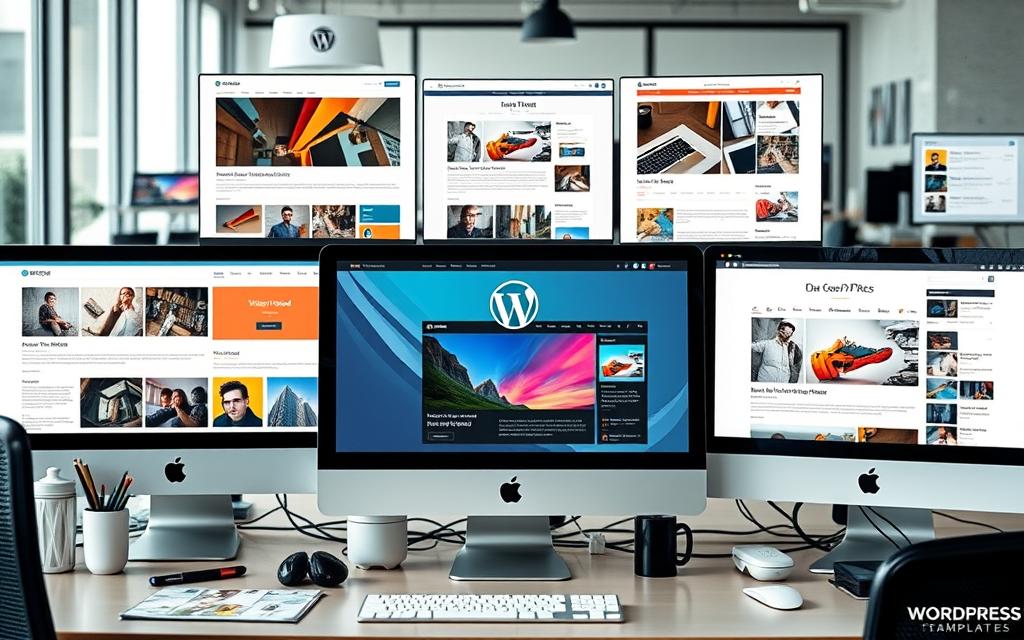
Using FTP for Direct Code Access
FTP, or File Transfer Protocol, lets webmasters directly access their WordPress site’s files. This control allows for precise customisations and fixes. But, using FTP needs careful steps to keep the site safe and stable.
Setting Up FTP Connections
To access WordPress files via FTP, first set up a secure connection. You’ll need FTP credentials from your hosting provider. Tools like FileZilla, Cyberduck, and WinSCP make this easy. They offer file management and text editors for quick edits.
Navigating WordPress File Structure
- Knowing the WordPress file hierarchy is key when using FTP. The root directory has core WordPress files. Themes and plugins are in their folders.
- Be careful when navigating these directories. Avoid modifying critical system files to prevent website issues.
- FTP clients show the file structure visually. This makes it easier to find and manage files and directories.
Making Safe File Modifications
When editing WordPress files via FTP, be cautious. Always back up files before changing them. Use a child theme for theme edits to avoid losing changes during updates. Also, check file permissions to keep the site secure and working right.
| FTP Client | Key Features | Compatibility |
|---|---|---|
| FileZilla | Free, open-source, batch transfers, drag-and-drop | Windows, Mac, Linux |
| Cyberduck | Intuitive interface, SFTP support, built-in text editor | Windows, Mac |
| WinSCP | Secure file transfers, integration with Windows Explorer | Windows |
“FTP gives webmasters the power to fine-tune their WordPress site. But, it must be used with caution and careful planning to avoid unintended consequences.”
By following best practices and using the right tools, WordPress users can customise their site’s code. This makes development easier and more efficient.
Customising WordPress with CSS and PHP
WordPress is known for its flexibility and customisation options. Whether you’re experienced or new to WordPress, exploring CSS and PHP can open up many possibilities. You can improve the look and add special features to your site.
Unleashing the Power of CSS Customisation
Changing your WordPress site’s look is easy with CSS customisation. It’s safer than editing core files. You can add custom CSS through the Customiser or in a child theme’s style.css file.
Exploring the Potential of PHP Modifications
CSS customisation focuses on looks, but PHP modifications add new functions. By editing PHP files, you can add features or change how WordPress works. This can be done through the Theme Editor or FTP.
Mastering WordPress Styling
Using CSS customisation and PHP modifications lets you fully customise WordPress. You can enhance design, improve user experience, or add unique features. These methods help you make a WordPress site that’s truly unique.
“Customisation is the key to unlocking the full potential of your WordPress website.”
When working with code, understanding web development is key. Always back up your site and be careful to avoid problems. With CSS and PHP, you can make your WordPress site amazing and stand out online.
Troubleshooting Common Code Editing Issues
Editing WordPress code can sometimes present challenges, but with the right troubleshooting techniques, these issues can be swiftly resolved. One of the most common problems encountered is syntax errors. These can cause pages to break or function improperly. The WordPress built-in debugging mode can be a valuable tool in identifying and addressing PHP errors.
Another frequent issue arises from conflicts between custom code, plugins, or themes. When making changes to the code, it’s crucial to ensure compatibility and avoid potential conflicts. Utilising browser developer tools can greatly assist in diagnosing CSS and JavaScript-related problems. This allows you to pinpoint and rectify the underlying issues.
Broken layouts or design flaws can also occur when editing WordPress code. To mitigate these risks, it’s advisable to always test any changes in a staging environment before applying them to a live website. This approach ensures that any unintended consequences can be identified and resolved without impacting the production site. By employing these troubleshooting techniques, you can efficiently address the common code editing challenges that may arise during your WordPress development journey.
FAQ
What are the different ways to edit page code in WordPress?
WordPress lets you edit page code in many ways. You can use HTML, CSS, PHP, and JavaScript. You can edit through the WordPress dashboard or FTP.
The Classic Editor and Block Editor let you edit HTML in posts and pages. You can also use custom HTML widgets for sidebars and footers.
What is the structure of WordPress code?
WordPress has core files like wp-config.php for database info. It also has theme, plugin, and core WordPress files. You’ll find different code types like PHP, HTML, CSS, and JavaScript.
Why is it important to learn WordPress code editing?
Learning to edit WordPress code lets you do more than just use themes and plugins. It helps with troubleshooting and gives you more control over your site.
What tools are essential for WordPress code editing?
You’ll need code editors, FTP clients, and local development environments. It’s also important to have backup solutions. Use child themes and version control systems for safety.
How do I edit page code in WordPress?
You can edit page code in WordPress through the Classic Editor’s Text mode or the Block Editor’s Code Editor. For the homepage, you need to know the theme structure. Custom HTML widgets are useful for sidebars and footers.
How can I use the WordPress Theme Editor?
The WordPress Theme Editor is found in Appearance > Theme Editor in the dashboard. You can edit style.css for design changes and functions.php for functionality. Always back up files before editing and use child themes.
How do I understand and edit WordPress templates?
WordPress templates control the layout and structure of pages. The template hierarchy decides which file is used for specific content. Editing templates lets you create custom layouts.
Full Site Editing offers block-based templates and template parts. This gives more design flexibility.
How do I use FTP to access WordPress files?
FTP gives direct access to WordPress files on the server. You need to set up an FTP connection with your hosting provider’s credentials. Navigate the WordPress file structure to find theme, plugin, and core files.
Always back up files before making changes. Use a child theme for theme edits to avoid losing changes during updates.
What are the common ways to customise WordPress with code?
You can customise WordPress with CSS for design changes and PHP for adding functionality. Use the Theme Editor or FTP to edit these files. Add custom CSS through the WordPress Customiser or a child theme’s style.css file.
How can I troubleshoot common code editing issues?
Common issues include syntax errors, conflicts with plugins or themes, and broken layouts. Use WordPress’s built-in debugging mode to find PHP errors. Browser developer tools help with CSS and JavaScript issues.
Always test changes in a staging environment before applying them to a live site.
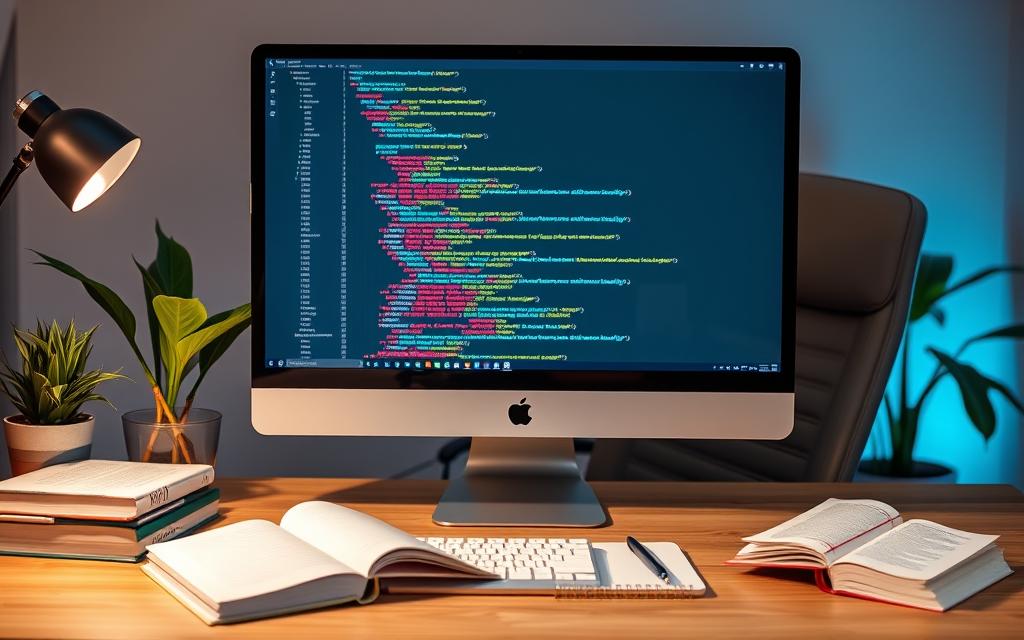









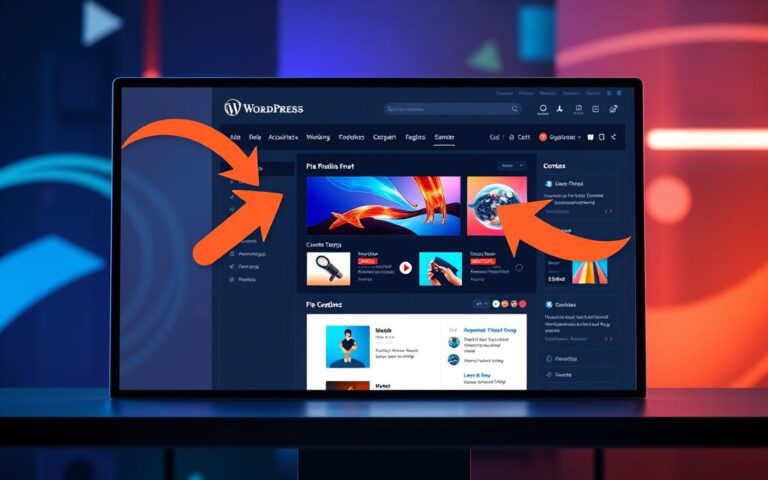

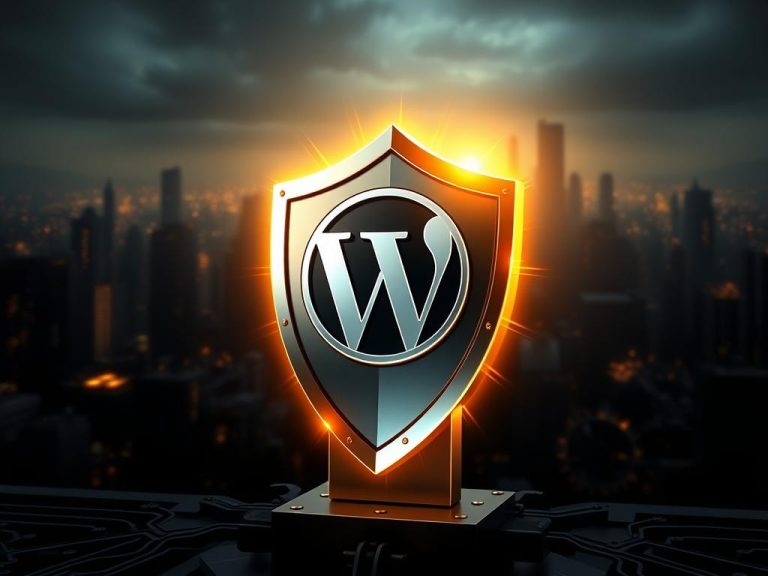
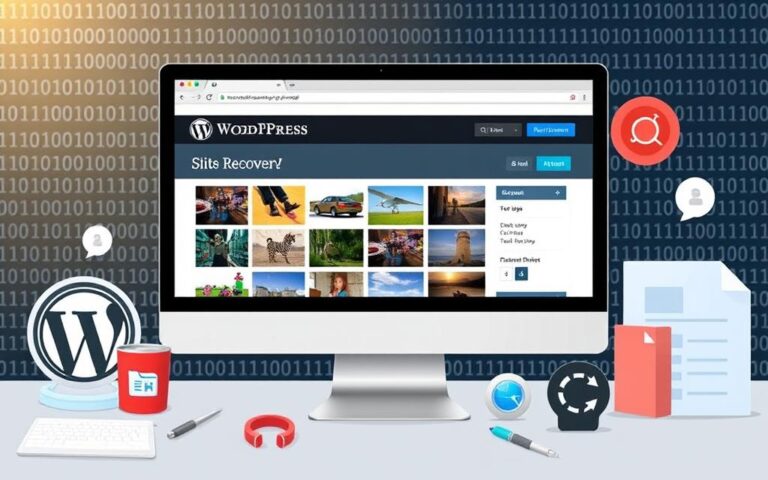
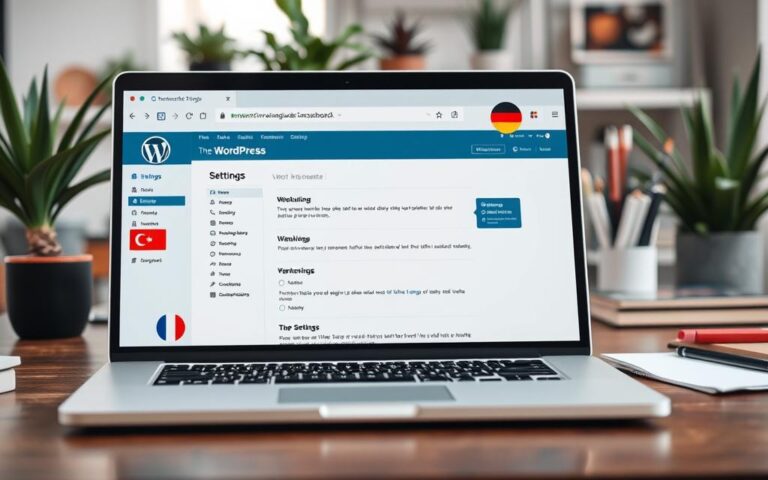
One Comment